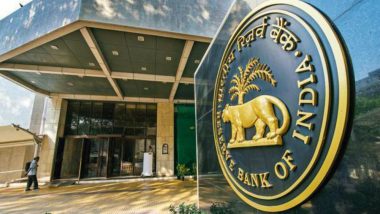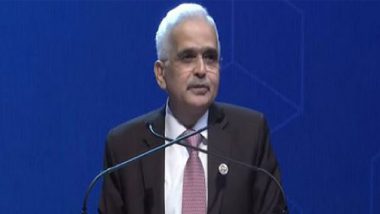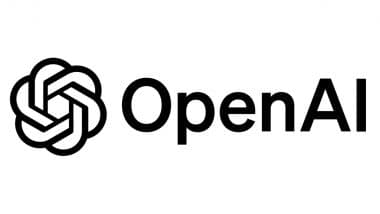New Delhi, May 14: State-run Allahabad Bank today said the Reserve Bank has imposed restrictions on its lending to risky assets and raising high-cost deposits in view of deteriorating financial health.
The directive has come within days of the RBI imposing similar restrictions on another state-run lender Dena Bank, which is under the Prompt Corrective Action (PCA) of the central bank.
The RBI having regard to the bank's CRAR and leverage ratio position has advised certain additional actions, Allahabad Bank said in a filing on stock exchanges.
The central bank asked Allahabad Bank, which is already under the PCA mechanism, to restrict the expansion of risk-weighted average and reduce exposure to un-rated and high-risk advances, the filing said.
Meanwhile, the government today said it has initiated action for removal of Allahabad Bank CEO Usha Ananthasubramanian following the CBI's first chargesheet in the USD 2 billion fraud at PNB detailing her role.
An action is likely to be taken by the board of Allahabad Bank against its CEO and MD Ananthasubramanian, who was the managing director of PNB till May 5 last year.
As per the revised PCA guidelines released last year, if a bank enters ‘Risk Threshold 3', it may be a candidate for amalgamation, reconstruction or even be wound up. Among the many metrics that are used to gauge how weak a lender is are capital, net NPAs, RoA and Tier 1 leverage ratio etc.
Under the PCA, banks face restrictions on distributing dividends and remitting profits. The owner may be asked to infuse capital into the lender. That apart, lenders would also be stopped from expanding their branch networks. It would need to maintain higher provisions and management compensation and directors' fees would be capped.
As many as 11 of 21 state-owned banks are under the PCA of the Reserve Bank due to their weak financials. Allahabad Bank is the second lender among the 11 banks that have been restricted by the RBI from lending to risky assets.
Last week, Allahabad Bank reported a standalone net loss of Rs 3,509.63 crore for the last quarter ended March of 2017-18 due to more than three-time rise in its provisions for bad loans.
The bank had registered a net profit of Rs 111.16 crore in the same quarter of preceding fiscal 2016-17. The bank had reported a loss of Rs 1,263.79 crore in the previous December quarter.
The provisioning for bad loans spurted to Rs 5,126 crore during the March quarter against Rs 1,489.88 crore in the year-ago quarter, according to the regulatory filing by the bank.
The bank's non-performing assets (NPAs) reached 15.96 per cent of gross advances by end of March 2018 from 13.09 per cent in year ago same period. Gross bad loans were to the tune of Rs 26,562.79 crore as of March 2018 against Rs 20,687.83 crore in March 2017. Net NPA ratio, however, fell to 8.04 per cent (Rs 12,229.13 crore) from 8.92 per cent (Rs 13,433.51 crore).













 Quickly
Quickly





















